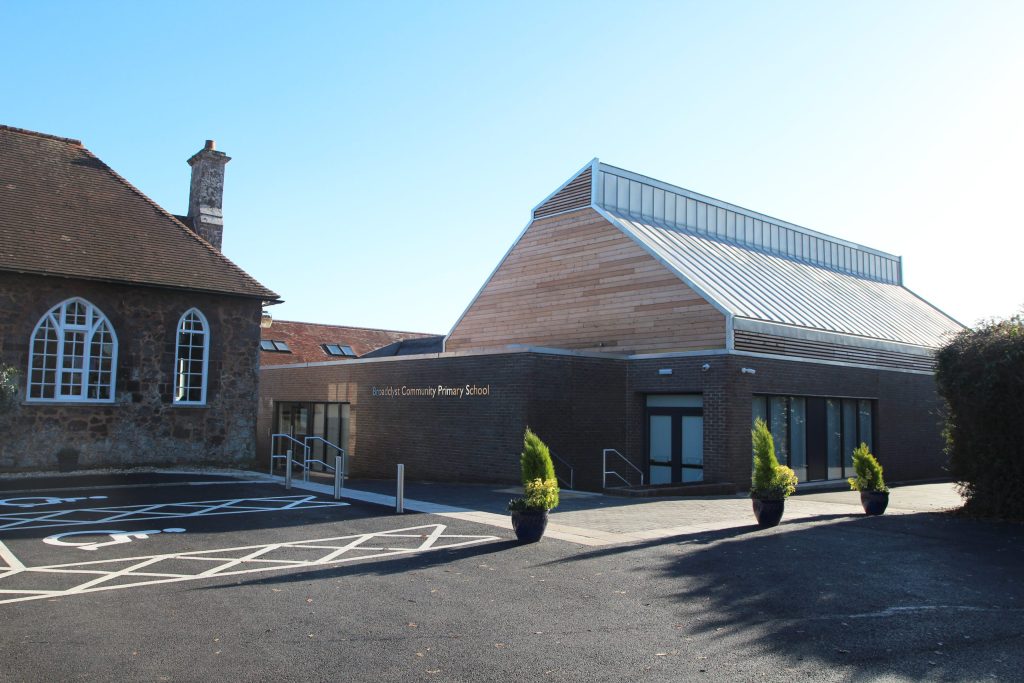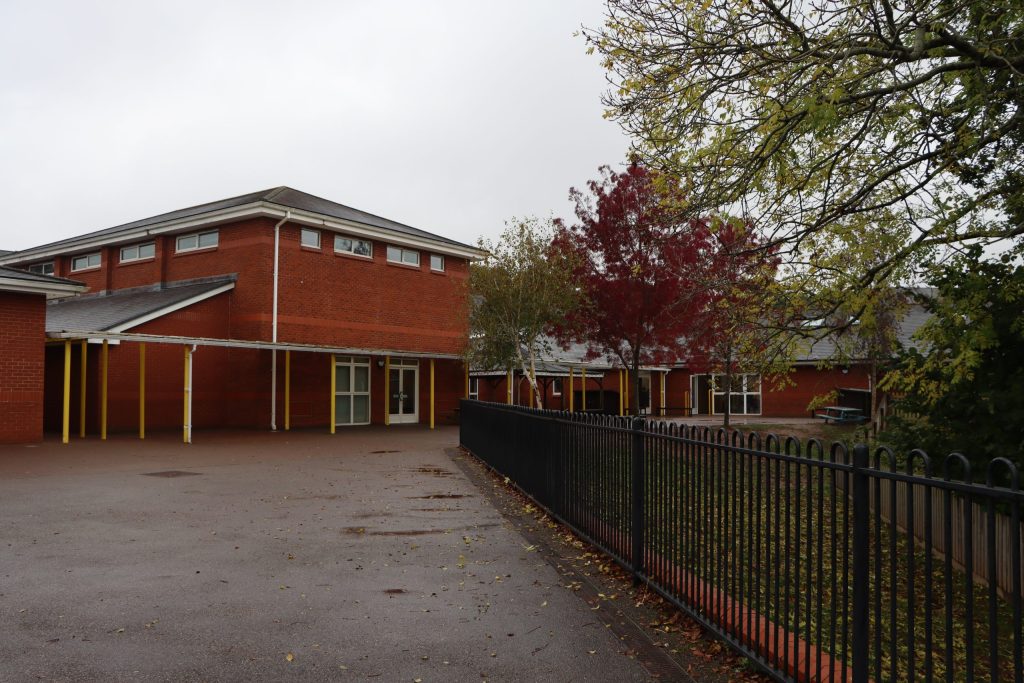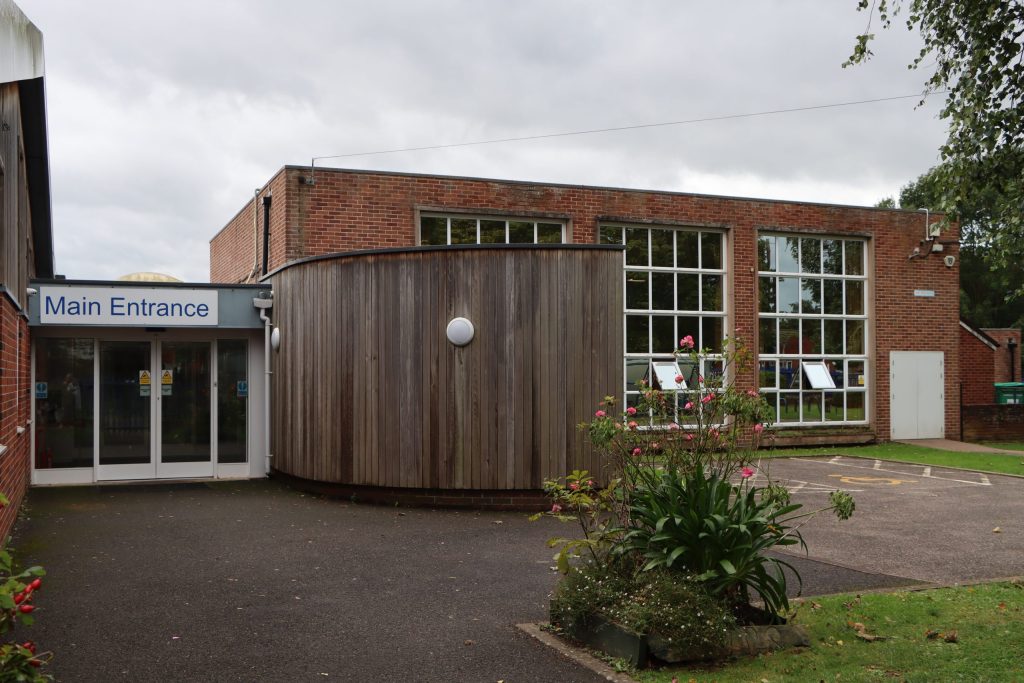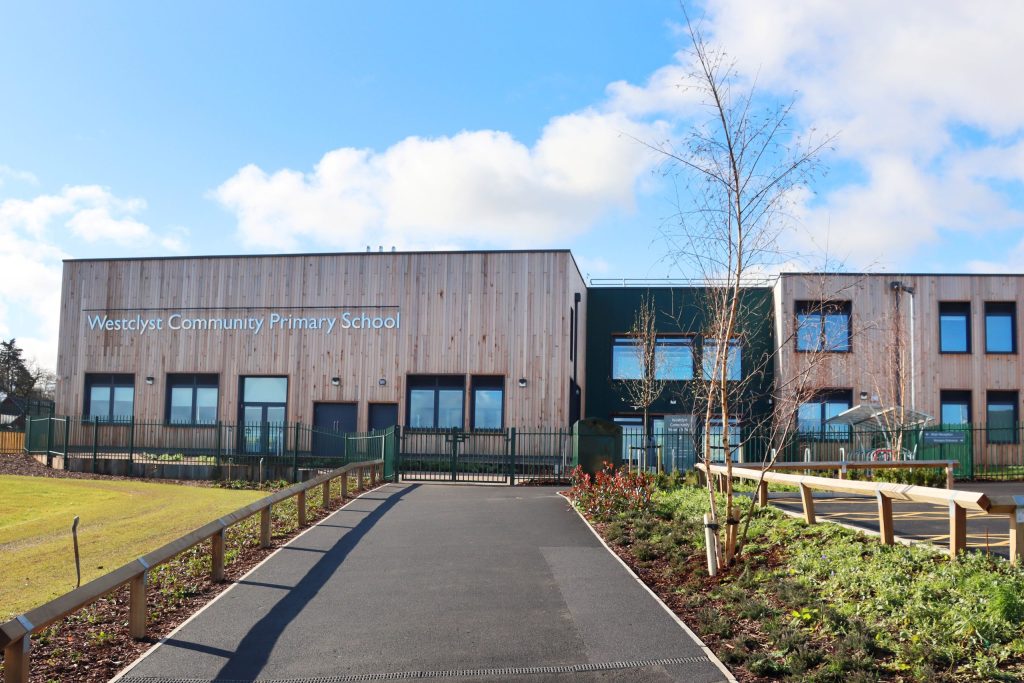What We Teach in School
At school, we use a range of strategies to ensure we are teaching children good habits and safe behaviours when going online, as well as providing a range of contexts and experiences for them to practice and embed these habits. These will often include:
- Modelling of safe behaviours through Microsoft Office 365, Teams, OneNote, Viva Engage, Sway, use of the internet, and other online tools;
- Drip feed of key messages through all curriculum subjects, such as how to search safely using a search engine, or how to collaborate in a document;
- A sequence of planned work for direct teaching of Online Safety throughout the school, using CEOP’s ‘Think You Know’ material and the South West Grid For Learning’s online safety scheme ‘Project EVOLVE’;
- A whole school focus on annual and national events, such as anti-bullying week; and Safer Internet day.
Below you will find further information about the national curriculum, the schemes of work and lessons we deliver.
What is in the national curriculum?
Here are the key objectives for each stage:
- Key Stage
1 (KS1) Objectives:- Understand what personal information is and why it is important to keep it private.
- Recognize common uses of information technology beyond school.
- Use technology safely and respectfully, keeping personal information private.
- Identify where to go for help and support when they have concerns about content or contact on the internet or other online technologies.
- Key Stage
2 (KS2) Objectives:- Use technology safely, respectfully, and responsibly.
- Recognize acceptable and unacceptable behaviour.
- Identify a range of ways to report concerns about content and contact.
- Understand the importance of protecting personal information and the implications of sharing it online.
What do we teach in school?
To meet these objectives, we utilise several comprehensive resources and schemes of work:
- Teach Computing Scheme of Work: This scheme provides a structured approach to teaching computing, including online safety. It ensures that children receive consistent and age-appropriate lessons on how to stay safe online. Find out more on their website.
- South West Grid for Learning’s ‘Project Evolve’: This scheme of work offers a wealth of resources and activities designed to help children understand and manage the risks associated with online activities. It covers various aspects of online safety, from understanding digital footprints to recognizing and dealing with cyberbullying. Find out more on their website.
- ‘ThinkUKnow’ Resources from CEOP: Developed by the Child Exploitation and Online Protection Command (CEOP), these resources are specifically designed to educate children
about online safety. They include engaging videos, games, and activities that teach children how to stay safe online and what to do if they encounter any problems. Find out more on their website.
- Microsoft Teams, OneNote and the M365 suite of programmes.
Below are some useful links to further information about online safety int he trust schools, and to these external resources.
Watch the videos below to find out how we handle the children being safe online in each key stage.
Early Years
KS1
KS2 Part 1
KS2 Part 2
The resources used In School
Think You Know (The CEOP Approach) – And quick links straight to: Lee and Kim | PlayLikeShare | Jigsaw
South West Grid For Learning – SWGfL are national Leaders in supporting schools though events, resources and planning.
CEOP (The education arm of the Police service)









